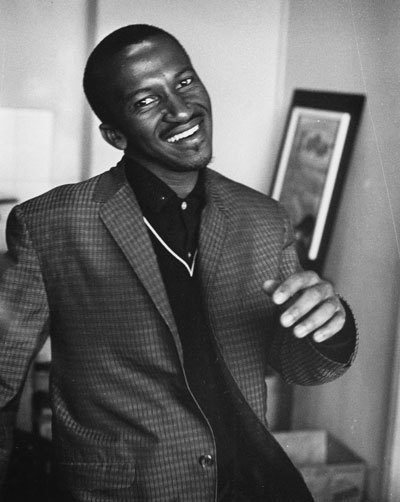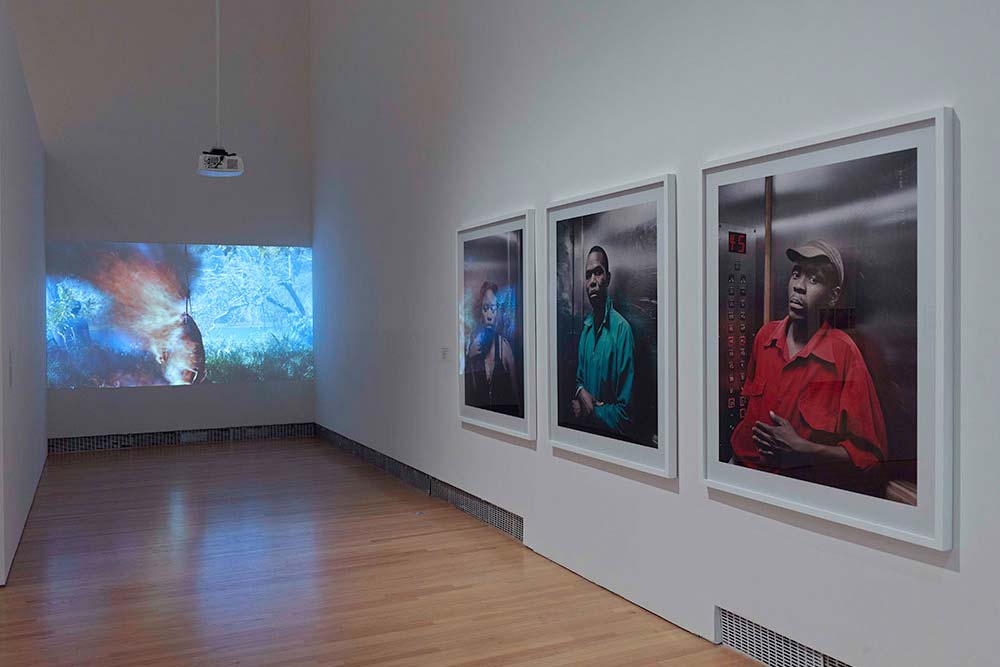Ernest Cole was born in 1940 in Eersterust, Pretoria, South Africa, and died in 1990 in New York. He is credited with being the first black freelance photographer in South Africa. In his photographic endeavors, including work for Drum magazine, Cole undertook a comprehensive photographic essay in which he demonstrated what it meant to be black under apartheid. His subjects included commuters on crowded trains, miners resting after work, families in illegal bars and taverns (shebeens), and other everyday moments that highlighted the inequities and hardships of life under apartheid. Because his work was an indictment of the inhuman conditions of apartheid, he was forced to go into exile in order to publish the results of his photographic essay, House of Bondage: A South African Black Man Exposes in His Own Pictures and Words the Bitter Life of His Homeland Today (1967). Upon publication, it was immediately banned in South Africa. Cole died in New York in 1990 after more than 23 years of exile, never having returned to South Africa and leaving no known negatives and few prints of his monumental work.
Under the auspices of the Hasselblad Foundation, where a collection of Cole’s prints are housed, the book Ernest Cole Photographer was published in 2010. A documentary film about his life was made by Jürgen Schadeberg in 2006 and released under the title Ernest Cole.



